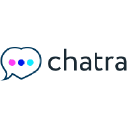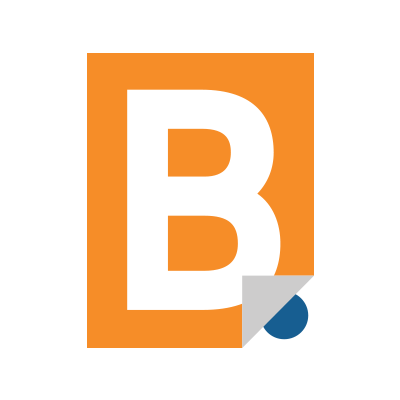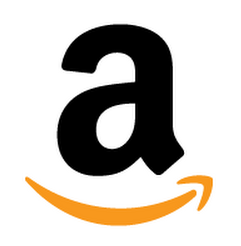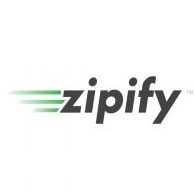On Creating A Fitness Foam Roller
Hi All. I’m Nate Lawrie and I’m the founder of Brazyn Life. At Brazyn, we’re impassioned to help people accomplish their fitness and health goals through the most badass recovery tools we can imagine. Our first product, The Morph Collapsible Foam Roller, emphatically meets this criteria – it’s a true foam roller (like any you’ve seen at the gym), but when you’re not using it, it folds down flat so that it takes up a fraction of the space. This means it can easily be stored in any bag and it’s always handy. The result is that our customers end up using their foam roller far more often and get much better results from their foam rolling practice.
Since launching The Morph, we have continued to grow our line of innovative fitness tools and are currently working on the next generation of products built for the modern dream chaser.

What's your backstory and how did you get...
Sorry, you need to login and/or become a member to view the rest of this content.
 Free Download
163 Million Dollar Solopreneur Business Ideas
Free Download
163 Million Dollar Solopreneur Business IdeasDownload the report and join our email newsletter packed with business ideas and money-making opportunities, backed by real-life case studies.
Get The Report
 Free Download
163 Million Dollar Solopreneur Business Ideas
Free Download
163 Million Dollar Solopreneur Business IdeasDownload the report and join our email newsletter packed with business ideas and money-making opportunities, backed by real-life case studies.
Get The Report
 Free Download
163 Million Dollar Solopreneur Business Ideas
Free Download
163 Million Dollar Solopreneur Business IdeasDownload the report and join our email newsletter packed with business ideas and money-making opportunities, backed by real-life case studies.
Get The Report
 Free Download
163 Million Dollar Solopreneur Business Ideas
Free Download
163 Million Dollar Solopreneur Business IdeasDownload the report and join our email newsletter packed with business ideas and money-making opportunities, backed by real-life case studies.
Get The Report
 Free Download
163 Million Dollar Solopreneur Business Ideas
Free Download
163 Million Dollar Solopreneur Business IdeasDownload the report and join our email newsletter packed with business ideas and money-making opportunities, backed by real-life case studies.
Get The Report
 Free Download
163 Million Dollar Solopreneur Business Ideas
Free Download
163 Million Dollar Solopreneur Business IdeasDownload the report and join our email newsletter packed with business ideas and money-making opportunities, backed by real-life case studies.
Get The Report
 Free Download
163 Million Dollar Solopreneur Business Ideas
Free Download
163 Million Dollar Solopreneur Business IdeasDownload the report and join our email newsletter packed with business ideas and money-making opportunities, backed by real-life case studies.
Get The Report
 Free Download
163 Million Dollar Solopreneur Business Ideas
Free Download
163 Million Dollar Solopreneur Business IdeasDownload the report and join our email newsletter packed with business ideas and money-making opportunities, backed by real-life case studies.
Get The Report
More Business Ideas Like This

Download the report and join our email newsletter packed with business ideas and money-making opportunities, backed by real-life case studies.

Download the report and join our email newsletter packed with business ideas and money-making opportunities, backed by real-life case studies.

Download the report and join our email newsletter packed with business ideas and money-making opportunities, backed by real-life case studies.

Download the report and join our email newsletter packed with business ideas and money-making opportunities, backed by real-life case studies.

Download the report and join our email newsletter packed with business ideas and money-making opportunities, backed by real-life case studies.

Download the report and join our email newsletter packed with business ideas and money-making opportunities, backed by real-life case studies.

Download the report and join our email newsletter packed with business ideas and money-making opportunities, backed by real-life case studies.

Download the report and join our email newsletter packed with business ideas and money-making opportunities, backed by real-life case studies.



































































